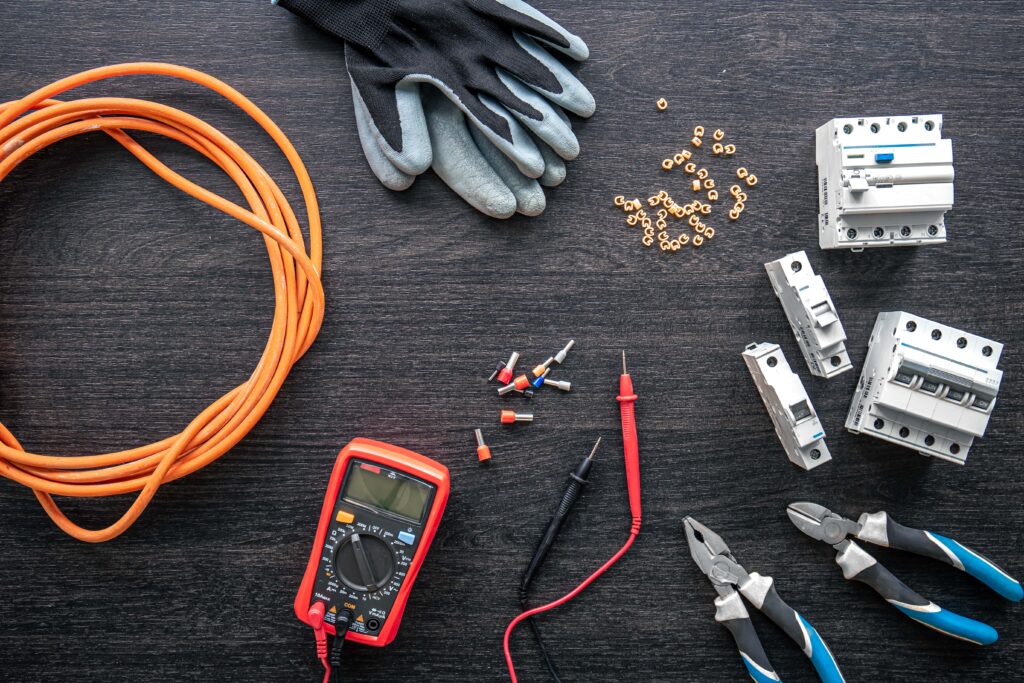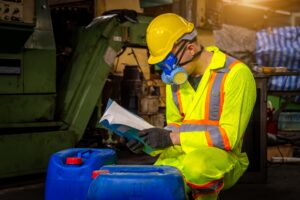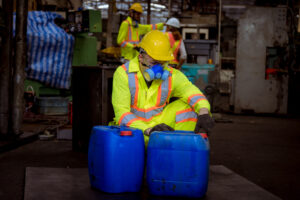Essential Electrical Safety Equipment for the Workplace: Protecting Employees and Assets
In the realm of workplace safety, ensuring the protection of employees and assets against electrical hazards is paramount. This comprehensive guide delves into the essential electrical safety equipment that should be a staple in every workplace, emphasizing the significance of adhering to safety standards to mitigate risks associated with electrical systems.
Understanding Electrical Hazards in the Workplace
Before we explore the safety equipment, it’s crucial to understand the various electrical hazards that lurk in workplace environments. These hazards range from electric shock, electrical burns, to arc flash incidents, which can cause severe injuries or even fatalities. Recognizing these risks is the first step towards implementing effective safety measures.
1. Circuit Protection Devices: The First Line of Defense
Circuit protection devices like circuit breakers and fuses are vital in preventing electrical overloads and short circuits. They are designed to automatically shut off electrical power when they detect an overload or fault, thus averting potential fires and equipment damage.
2. Ground Fault Circuit Interrupters (GFCIs): Preventing Electric Shocks
GFCIs are critical in preventing electric shock, especially in areas where electrical equipment is near water. These devices rapidly cut off power if they detect a difference in the current between the hot and neutral wires, indicating a leakage of current through a person.
3. Arc Flash Protection Gear: Shielding Against Thermal Hazards
Arc flash incidents can release intense heat and energy, posing a serious threat to workers. Arc flash protection gear, including flame-resistant clothing, helmets, face shields, and gloves, is essential to safeguard employees from these intense thermal hazards.
4. Insulated Tools and Equipment: Ensuring Safe Handling
Using insulated tools and equipment is key to protecting workers from electric shock while working on or near energized components. These tools are designed with non-conductive materials, providing an extra layer of safety.
5. Voltage Detectors: Identifying Energized Sources
Voltage detectors are indispensable for identifying live electrical circuits. Before any electrical work begins, using a voltage detector can prevent accidental contact with energized components.
6. Lockout/Tagout Devices: Controlling Hazardous Energy
Lockout/tagout devices are essential for safely de-energizing electrical equipment during maintenance or repair. They ensure that the equipment remains off and cannot be re-energized, preventing accidental startup or release of stored electrical energy.
7. Emergency Stop Systems: Quick Power Disconnection
Emergency stop systems, such as shutoff switches and buttons, allow for the immediate disconnection of power in an emergency. These systems are crucial in preventing prolonged exposure to electrical hazards during an incident.
8. Proper Signage and Labeling: Enhancing Awareness
Clear signage and labeling of electrical panels, circuits, and potential hazards are vital for raising awareness among employees. These visual aids serve as constant reminders to exercise caution around electrical equipment.
9. Regular Safety Training and Drills: Building a Safety Culture
Regular safety training and drills ensure that employees are well-informed about electrical hazards and the proper use of safety equipment. An informed workforce is a safe workforce.
10. Electrical Safety Compliance: Adhering to Standards
Lastly, adherence to electrical safety standards like the National Electrical Code (NEC) and Occupational Safety and Health Administration (OSHA) regulations is fundamental. Compliance not only ensures safety but also protects businesses from legal and financial repercussions.
In conclusion, incorporating these essential electrical safety equipment and practices in the workplace is integral to protecting employees and assets from electrical hazards. It’s not just about compliance; it’s about fostering a safety-first culture that prioritizes the well-being of every individual in the workplace.
Empower Your Workplace with Safety Knowledge
Understanding and implementing these electrical safety measures is crucial for any workplace committed to safeguarding its people and assets. By integrating these practices, businesses can ensure a safer, more compliant, and efficient working environment.








